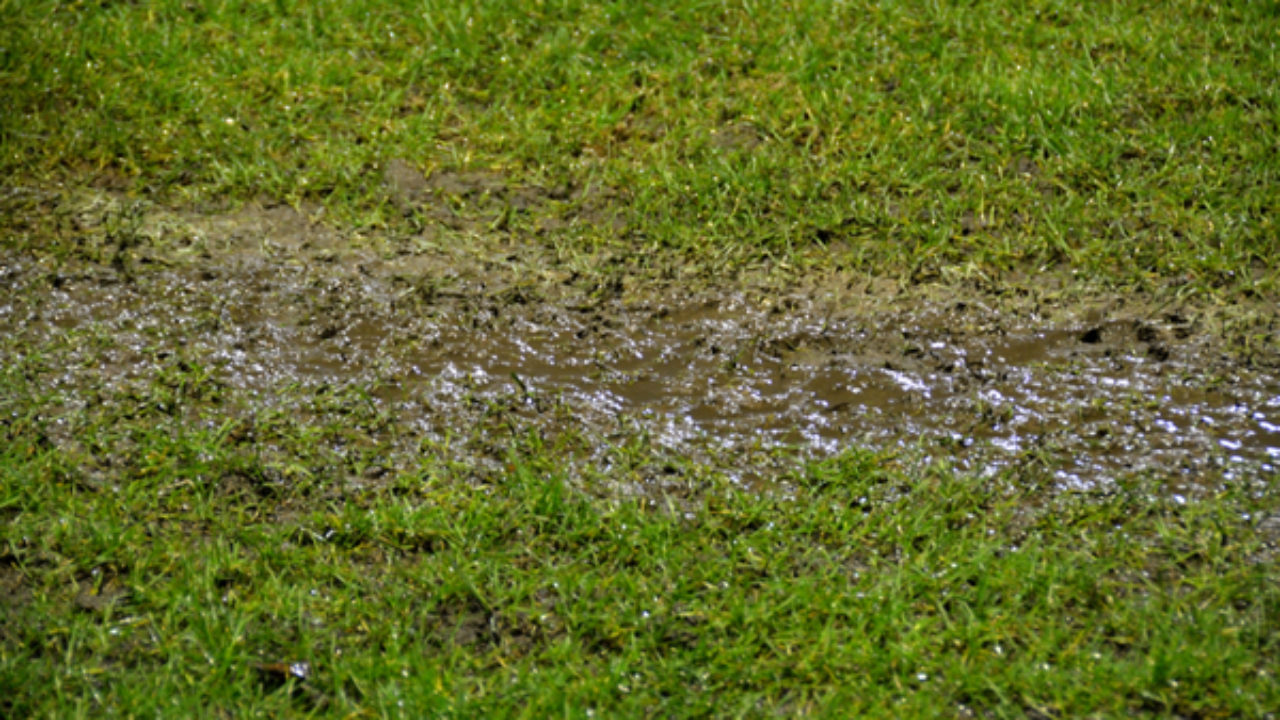How to Examine If Your House Has a Concealed Leak
How to Examine If Your House Has a Concealed Leak
Blog Article
Here below you can find a bunch of awesome additional info about Finding hidden leaks.

Early discovery of dripping water lines can mitigate a prospective catastrophe. Some little water leaks may not be noticeable.
1. Examine the Water Meter
Every residence has a water meter. Examining it is a guaranteed manner in which aids you discover leakages. For starters, turn off all the water sources. Guarantee no person will certainly flush, use the tap, shower, run the cleaning maker or dish washer. From there, go to the meter and watch if it will certainly change. Considering that no person is using it, there need to be no motions. That indicates a fast-moving leak if it moves. If you discover no adjustments, wait an hour or two as well as check back once more. This suggests you might have a sluggish leakage that can also be below ground.
2. Inspect Water Intake
Examine your water costs and also track your water usage. As the one paying it, you ought to discover if there are any type of disparities. If you find sudden changes, in spite of your usage being the same, it suggests that you have leaks in your plumbing system. Keep in mind, your water bill must fall under the same array each month. An abrupt spike in your costs shows a fast-moving leakage.
At the same time, a constant boost every month, despite the very same habits, shows you have a slow-moving leak that's likewise slowly escalating. Call a plumber to thoroughly inspect your building, specifically if you feel a warm location on your floor with piping below.
3. Do a Food Coloring Test
When it involves water consumption, 30% comes from bathrooms. Test to see if they are running appropriately. Decline flecks of food shade in the container and also wait 10 mins. There's a leakage between the tank and also dish if the color somehow infiltrates your bowl during that time without flushing.
4. Asses Exterior Lines
Don't neglect to examine your outdoor water lines too. Needs to water seep out of the connection, you have a loose rubber gasket. One small leak can squander loads of water and also spike your water expense.
5. Evaluate and Assess the Situation
Home owners should make it a practice to check under the sink counters and also also inside cupboards for any kind of bad odor or mold and mildew growth. These two warnings indicate a leak so punctual attention is called for. Doing regular assessments, also bi-annually, can save you from a significant trouble.
Extra significantly, if you understand your residence is already old, keep a watchful eye on your heating units, pipes, pipelines and so on. Look for stainings and damaging as a lot of pipelines and appliances have a life span. They will certainly additionally normally degrade because of tear as well as wear. Do not wait for it to intensify if you believe leaking water lines in your plumbing system. Call a professional plumber today so you don't wind up with a horrible mess in your home.
Early discovery of leaking water lines can mitigate a prospective catastrophe. Some tiny water leaks might not be noticeable. Examining it is a surefire method that aids you find leakages. One tiny leak can waste tons of water and spike your water bill.
If you presume leaking water lines in your plumbing system, don't wait for it to intensify.
WARNING SIGNS OF WATER LEAKAGE BEHIND THE WALL
PERSISTENT MUSTY ODORS
As water slowly drips from a leaky pipe inside the wall, flooring and sheetrock stay damp and develop an odor similar to wet cardboard. It generates a musty smell that can help you find hidden leaks.
MOLD IN UNUSUAL AREAS
Mold usually grows in wet areas like kitchens, baths and laundry rooms. If you spot the stuff on walls or baseboards in other rooms of the house, it’s a good indicator of undetected water leaks.
STAINS THAT GROW
When mold thrives around a leaky pipe, it sometimes takes hold on the inside surface of the affected wall. A growing stain on otherwise clean sheetrock is often your sign of a hidden plumbing problem.
PEELING OR BUBBLING WALLPAPER / PAINT
This clue is easy to miss in rooms that don’t get much use. When you see wallpaper separating along seams or paint bubbling or flaking off the wall, blame sheetrock that stays wet because of an undetected leak.
BUCKLED CEILINGS AND STAINED FLOORS
If ceilings or floors in bathrooms, kitchens or laundry areas develop structural problems, don’t rule out constant damp inside the walls. Wet sheetrock can affect adjacent framing, flooring and ceilings.
https://www.servicemasterbyzaba.com/blog/how-to-detect-water-leakage-in-walls/

We had been guided to that write-up on Hacks to detect leaks from an associate on a different web property. So long as you enjoyed reading our blog entry plz be sure to share it. Thank you for going through it.
Report this page